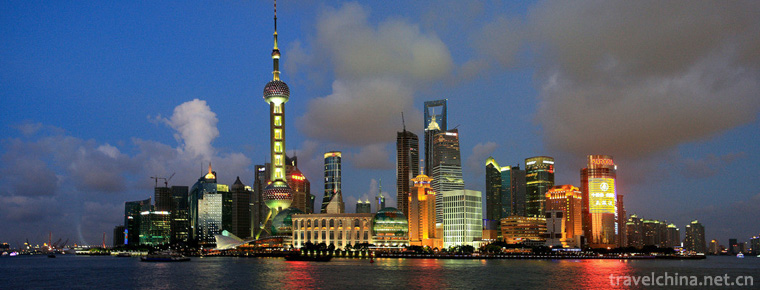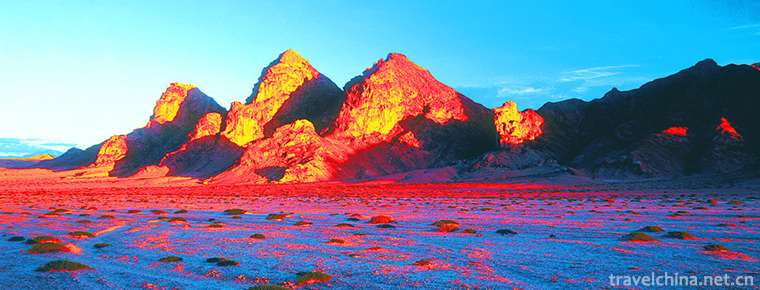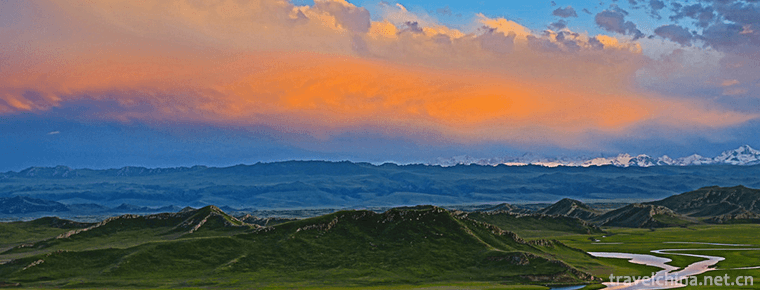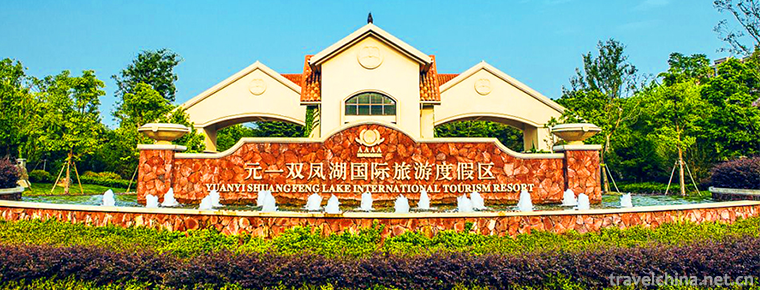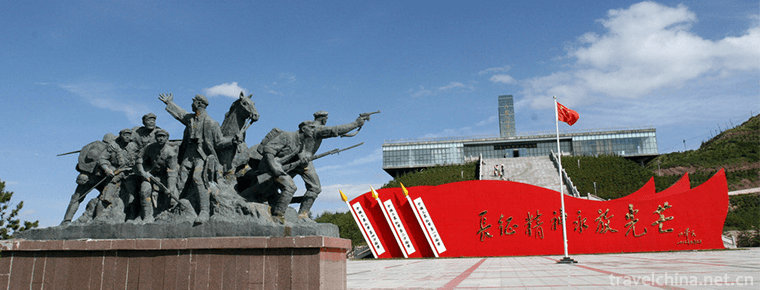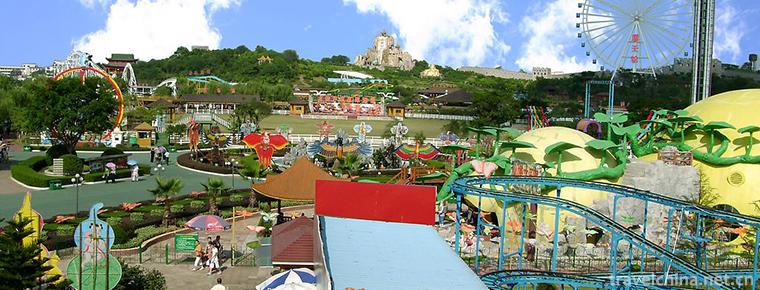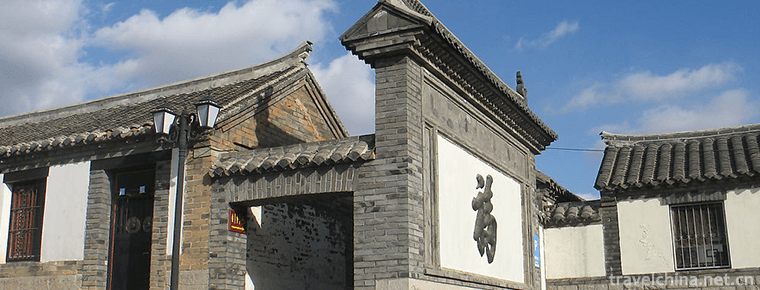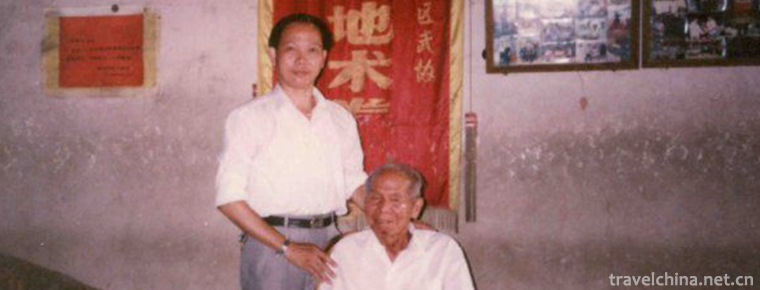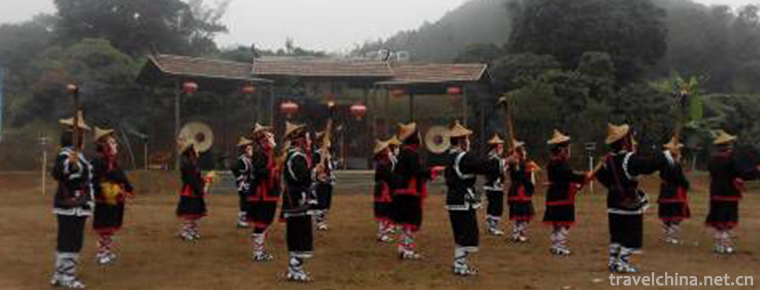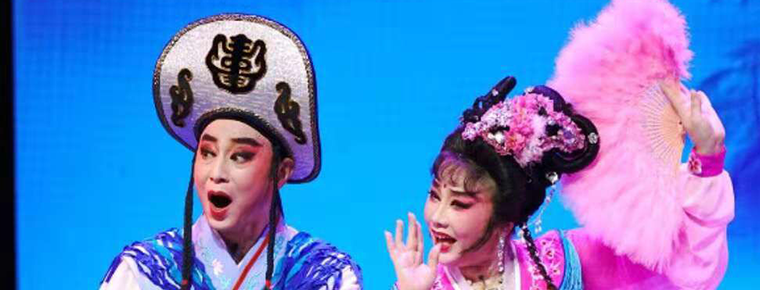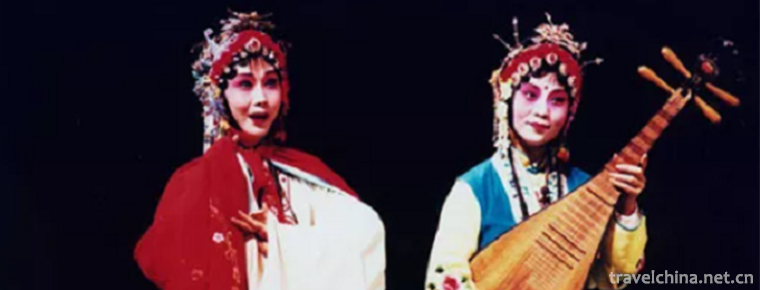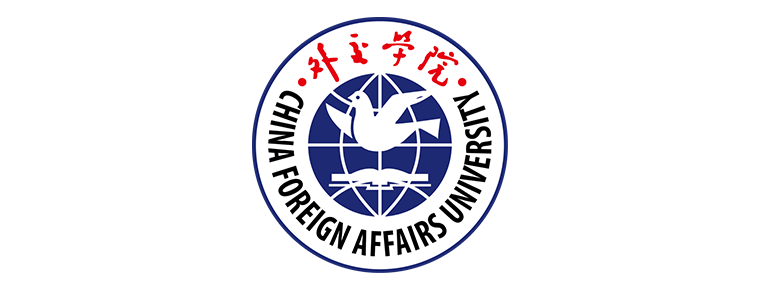Mongolian Matouqin Music
Mongolian Matouqin Music
Horsehead Qin is a typical representative of Mongolian music culture. Whether it is its shape, production material, sound quality, timbre, music expression style and performance method, it embodies the connotation of Mongolian personality, fully reflects the historical form of Mongolian nomadic life, and expresses Mongolian thinking and understanding of natural cosmos philosophy.
May 20, 2006 was listed in the first batch of national intangible cultural heritage list.
historical origin
The Mongolian horsehead piano has a long history. During the formation of the Mongolian nationality, the Horsehead piano already existed. In the long-term development of history, Horsehead Qin has formed different schools with distinct regional color, which are closely related to the internal and external convergence and separation of Mongolian and historical changes. It can be said that the Horsehead Qin accompanies the Mongolian people from the grassland and the historical distance, which carries rich historical and cultural information.
artistic characteristics
Horsehead piano not only plays on some formal and grand occasions, but also appears in folk wedding ceremonies, family and friends gatherings and other daily activities. It can be used as accompaniment to songs, as well as solo repertoire. The horsehead piano has a profound social and folk tradition foundation, and plays the social functions of disseminating culture, cultivating sentiment, changing customs and customs.
Representative works
The traditional repertoire of Ma Tou Qin evolves from folk songs, which can be divided into five categories: 1. Native folk songs, such as "Zhu Se Love" and "Ba Ya Ling"; 2. Heroic epic melodies, such as "Running Horse Tune" and "Battle Tune"; 3. Horse pace, that is, the melody expressing the image of horses; 4. Qin melodies developed from folk songs, such as "Lotus Flower" and "Modley"; 5. Ancient Han melodies, such as "Pu'an Mantra" 》 Liu Qingniang, etc.
Inheritance significance
Horsehead Qin is highly respected in Mongolian culture and has become a very important manifestation of Mongolian culture. In recent decades, the development of horsehead piano has encountered serious difficulties. There are four traditional schools of horsehead piano in history, each of which has its own traditional repertoire. But up to now, the inheritance of horsehead piano is becoming scarce, and the loss of repertoire is serious, so it is urgent to protect it.
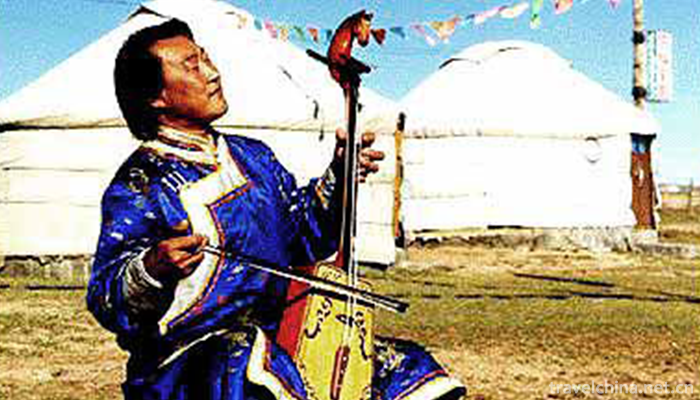
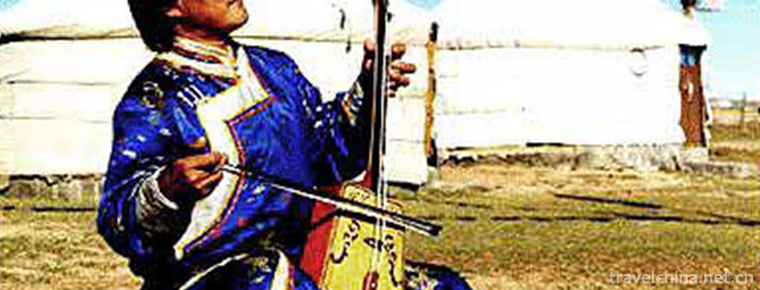
Mongolian Matouqin Music
-
Lujiazui
Lujiazui is located on the Huangpu River in Pudong New Area, Shanghai
Views: 195 Time 2018-10-12 -
Aerhchin Mountains
Altyn Tagh is a mountain range in southeastern the Xinjiang Uygur Autonomous Region, China. The eastern end extends to the two provinces of Qinghai and Gansu
Views: 285 Time 2018-11-01 -
Bayanbulak Grassland
Bayinbrook grassland: formerly known as Yuledus grassland, Zhuledus grassland, Yuludus grassland, because it is mainly located in Xinjiang Bayinguoling Mongolian Autonomous Prefecture and the northwes
Views: 161 Time 2018-12-12 -
Yuanyi Shuangfeng Lake International Tourist Resort
Yuanyi Shuangfeng Lake International Tourist Resort in Anhui Province is a high-level tourist resort integrating Golf and leisure. Located in the beautiful scenery, with a total area of more than 2000
Views: 150 Time 2018-12-23 -
Liupanshan National Forest Park
Liupanshan National Forest Park is located in the center of the triangle formed by Xi'an, Yinchuan and Lanzhou. It is located in the south of Ningxia. It spans two counties and one district in Jingyua
Views: 146 Time 2018-12-24 -
Hulu Mountain Villa Tourist Scenic Area
Huludao Mountain Resort is located on the Bohai coast in the northeast of Huludao City, Liaoning Province. The rich and colorful Huludao Mountain Resort is located in Huludao City
Views: 231 Time 2019-01-16 -
Qixia Mous Manor
Mou's Manor, also known as Mou Erhei Manor, is located in Ducun, an ancient town in the north of Qixia City (the northern head of the original Xiaguang Third Road).
Views: 163 Time 2019-02-07 -
Di Shu boxing
Gejiquan is one of the rare traditional types of boxing in southern China, also known as "Gejiu Dog Method", "Dilong Quan" or "Dili Quan". It is commonly known as "D
Views: 441 Time 2019-04-26 -
Wo Lou dance
Helou Dance is a traditional folk entertainment program in Yunan County, Guangdong Province. It is called "living fossil" in traditional dance. Helou Dance is the product of
Views: 153 Time 2019-05-02 -
Flower Drum Opera
Huagu opera, a kind of local opera in China, has the most identical names in the national local opera, usually referring to Hunan Huagu opera. Hubei, Anhui, Jiangxi, Henan, Shaanxi and other
Views: 173 Time 2019-05-04 -
Soviet Opera
Su Opera is a combination of Huagu Tanhuang, Nanci and Kunqu Opera. It is popular in the urban and rural areas of southern Jiangsu and Northern Zhejiang. Its predecessor, Sutan, was originally called
Views: 89 Time 2019-06-16 -
China Foreign Affairs University
China Foreign Affairs University is a small scale, high level and distinctive foreign ministry's sole institution directly under the guidance of serving the cause of China's diplomacy and cultivating
Views: 183 Time 2019-11-29
